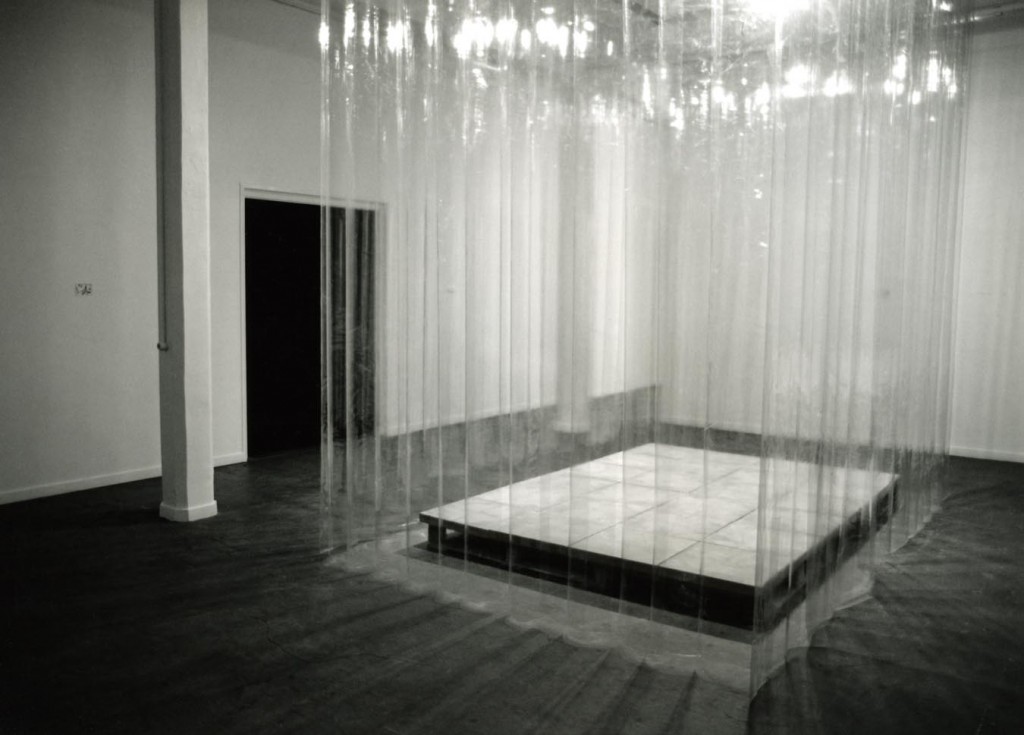I'd like to start with an anecdote a photographer told me once. One day when he was travelling with his car and he passes by a car accident. He sees a body under newspapers. Not able to suppress his instinct to document, he takes some photographs. Then he moves on. When he is developing his film in the dark room, a couple of frames get burned because of someone coming inside the room. Then he notices that the burnt frames are the ones he took from the car accident. He doesn't feel bad, on the contrary he says he felt relieved, he says even if those photographs were not burned he doesn't know if he can use them, he doesn't know what to do with them.
When I first heard this story, the things that came to my mind were issues like witnessing, the responsibility comes with witnessing, the instinct to take photographs, those who have this kind of instinct, in which circumstances this instinct should be suppressed.
Now as I reconsider, I think it is possible to read not taking photographs as a rebellion; in other words, in this conflict between curiosity and the instinct to inscribe a certain circumstance that arouses the curiosity into history, it is the sufficiency of witnessing and experience.
The second thing that comes to my mind is Alfredo Jaar's Sound of Silence. The viewer goes inside the metal cube installed in the middle of a gallery, and comes across a video which resembles a slide show. The video narrates the story of a photograph. It is a well-known photograph, the picture of an African child and a vulture. The photograph itself is not shown, rather, what we encounter is the circumstances photojournalists struggle in Africa, slowly proceeding to the moment we are waiting for. As the tension increases gradually, at the end we see the photograph and electronic flashlights inside the metal cube; with this shock effect, the viewer is prevented from remembering and recalling the photograph. This experience which haunted me hours after I left the gallery, even though it has been 4 years, is still raw and enchanting for me. The success of Jaar's work, which reverses the instinct to "show" we find in many of the contemporary art works criticizing the rapid consumption of photographs of people's pain, lies in the fact that it presents a new experience regarding the story of the photograph and our relation with it, rather than its visuality. In other words, Jaar's is an effort to create from scratch rather than transforming.

What a coincide when I came across this photograph which comprises only a flash and stands marginal in Jaar's work, in Mat Collishaw's exhibition in Arter Art Space. Transformed into a video, the same photograph ceases to be a photograph, but becomes a motion visual. One can see the child breathing. Collishaw confronts the viewer with an image s/he has been exposed recurrently by way of a little manipulation or he attempts to do so. Surely, it is important to consider this work not in itself, but rather in terms of Collishaw's grim works he builds around the notion of sensational. I think that this approach functioned better is his installation of an empty room with newspaper clippings of people who committed suicide. Without detaching the photographs from their original frameworks, presenting a novel framework via creating an experience, was an approach I could connect to as a viewer.

Gustav Metzger overcomes this problem by associating experience with photography as a whole. The experiences Metzger created by enlarging the news photography, encouraging the viewers to get and crawl under these posters, to step onto and lean against them, in short, encouraging them to exploit the photographs, function precisely at the moment when disturbance becomes productive, because they open a space for the viewer to break out in a cold sweat, to get disturbed not wanting to see a photograph of a man in pain in such a large size.
Actually, what brings all these examples to mind is a couple of questions: may not taking photography be a more effective means than taking photography? What are the responsibilities come with taking photographs? And what are our responsibilities to photography as people relating with all these photographs?
I guess, the answers to these questions will be different for people practicing and viewing photography, however, they all concern a discussion on intentions, objectives and ways of exhibiting them. As viewers, we usually know what can be regarded as exploitation and what is disturbing, our curiosity as spectators may function separately from this awareness. Likewise, albeit this instinct develops with different sensibilities for a photographer, there is a tension between documenting, recording, transferring and a desire to merely experience that precise moment. What I would like to pose as a question with regards to this tension is: when will not taking photographs as an attitude transforms into a means of resistance?